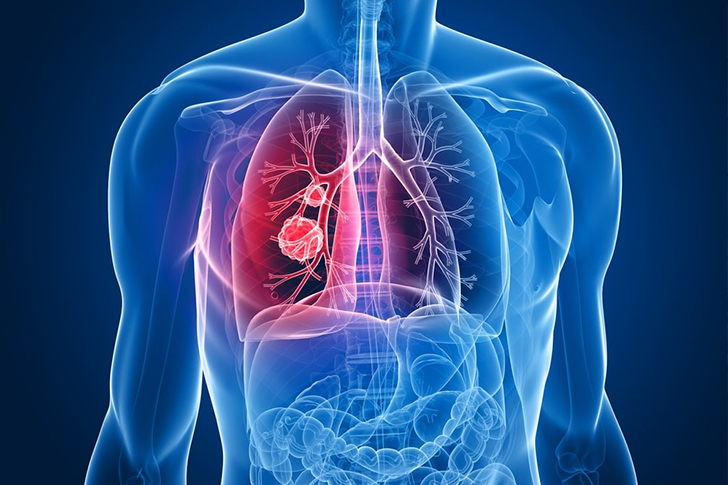Early Indicators of Lung Cancer to Watch For
Lung cancer remains one of the most serious types of cancer, leading to significant morbidity and mortality worldwide. According to the World Health Organization, lung cancer is responsible for nearly one in five cancer deaths globally, with around 1.8 million deaths each year. Early detection is crucial for improving survival rates, as it often allows for more effective treatment options. Recognizing the early indicators of lung cancer can significantly impact outcomes. This article discusses vital signs and symptoms to watch for and why they matter.

Risk Factors and Why They’re Important
Understanding risk factors is crucial in identifying who might be more likely to develop lung cancer. Smoking is the most significant risk factor, accounting for about 85% of lung cancer cases in the U.S. according to the Centers for Disease Control and Prevention (CDC). Exposure to radon gas, asbestos, and other carcinogens, as well as a family history of lung cancer, also increases risk. Awareness of these factors can guide individuals in assessing their risk and potentially lead to earlier screening and detection.
Changes in Respiratory Symptoms
One of the first and most common indicators of lung cancer involves respiratory symptoms, which might initially be mistaken for less serious conditions, such as bronchitis or a respiratory infection. Persistent coughing, especially a cough that worsens or does not go away after 2 to 3 weeks, can be a key warning sign. Additionally, changes in the nature of a cough, such as becoming more painful or producing blood or an unusual amount of mucus, should prompt further investigation.
Breathing Difficulties and Wheezing
Breathing difficulties such as shortness of breath or wheezing can also be early indicators of lung cancer. These symptoms can occur if a tumor blocks part of the airway or causes inflammation in the area. It’s vital to note any new breathing difficulties or a sudden worsening of existing shortness of breath, even with routine activities that did not cause issues previously.
Chest Pain and Other Pain
Chest pain is another symptom that requires attention. This pain may be constant or intermittent and might increase with deep breathing, coughing, or laughing. In some cases, lung cancer might also cause pain in the back or shoulders that is unrelated to physical strain. The presence of unexplained pain in these areas, especially if it’s persistent or worsening, should not be overlooked.
Voice Changes
A lesser-known symptom of lung cancer includes changes in voice, such as hoarseness. This can occur when a tumor affects the nerves that control the vocal cords. Hoarseness related to lung cancer is typically persistent and not associated with a cold or other respiratory infection.
Unexplained Weight Loss and Fatigue
Unexplained weight loss, defined as losing 10 pounds or more without changes in diet or exercise habits, can be a symptom of cancer, including lung cancer. Fatigue is also common but less specific symptom; however, if fatigue is severe and persistent, it warrants evaluation. These symptoms occur because the body’s resources are increasingly used by the tumor process.
Recurring Respiratory Infections
People with lung cancer may also notice an increase in the frequency of respiratory infections such as bronchitis or pneumonia. These infections can recur because a tumor may block air passages, preventing the clearing of infections from the lungs. If you find yourself frequently battling respiratory infections, discuss this pattern with your doctor.
Clubbing of Fingers
Clubbing, the widening and rounding of the tips of fingers, is an unusual but distinctive sign of lung cancer. This symptom is caused by more blood flowing to the area than usual, which can be a response to reduced oxygen levels in the blood due to lung disease.
Conclusion
Early detection of lung cancer significantly enhances the effectiveness of treatment. Recognizing and responding to the early indicators of lung cancer can lead to earlier diagnosis and a better overall prognosis. If you experience any of these symptoms, particularly if you are at higher risk due to factors like smoking or exposure to carcinogens, consulting with a healthcare professional as soon as possible is advised. Regular health check-ups and screenings, especially for those in high-risk groups, can also aid in catching lung cancer in its early stages, potentially saving lives.
The battle against lung cancer starts with awareness and continues through advocacy and education. By understanding and spreading knowledge about the early signs of lung cancer, individuals can take crucial steps toward early detection and treatment, dramatically improving the chances of survival.







Recent Comments